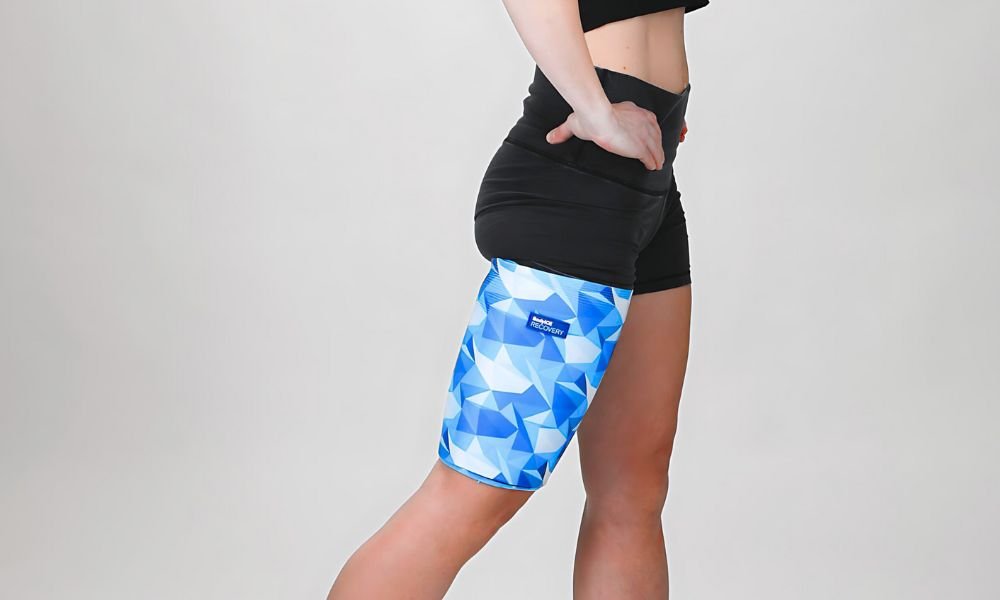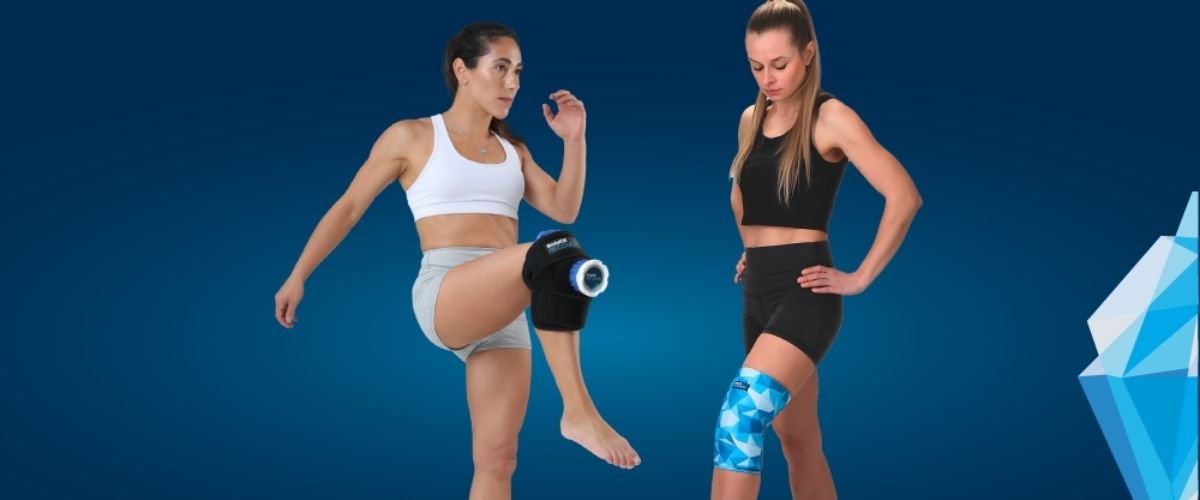I’m Lauren and I’m an Endorsed Midwife and a Clinical Midwifery Specialist. This means that I’m a Registered Midwife who is recognised as being able to provide a high level of clinical knowledge, experience and skills in providing complex midwifery care. I have completed a Bachelor of Midwifery and a Master of Midwifery. My favourite area is in the labour ward, this is where you can find me most days. There is no better feeling in the world than being involved in parents meeting their baby for the first time.
Outside of work, I’m a MUM!! I have an amazing husband, Josh and 4 beautiful little kiddies - Mason, Lyla, Coda and Wilder.
One Mama Midwife grew from my passion for helping families be well educated around pregnancy, birth and the postpartum period. Especially when there can be so much confusing information out there, you can know that the information you find here you can trust.






Leave a comment
All comments are moderated before being published.
This site is protected by hCaptcha and the hCaptcha Privacy Policy and Terms of Service apply.